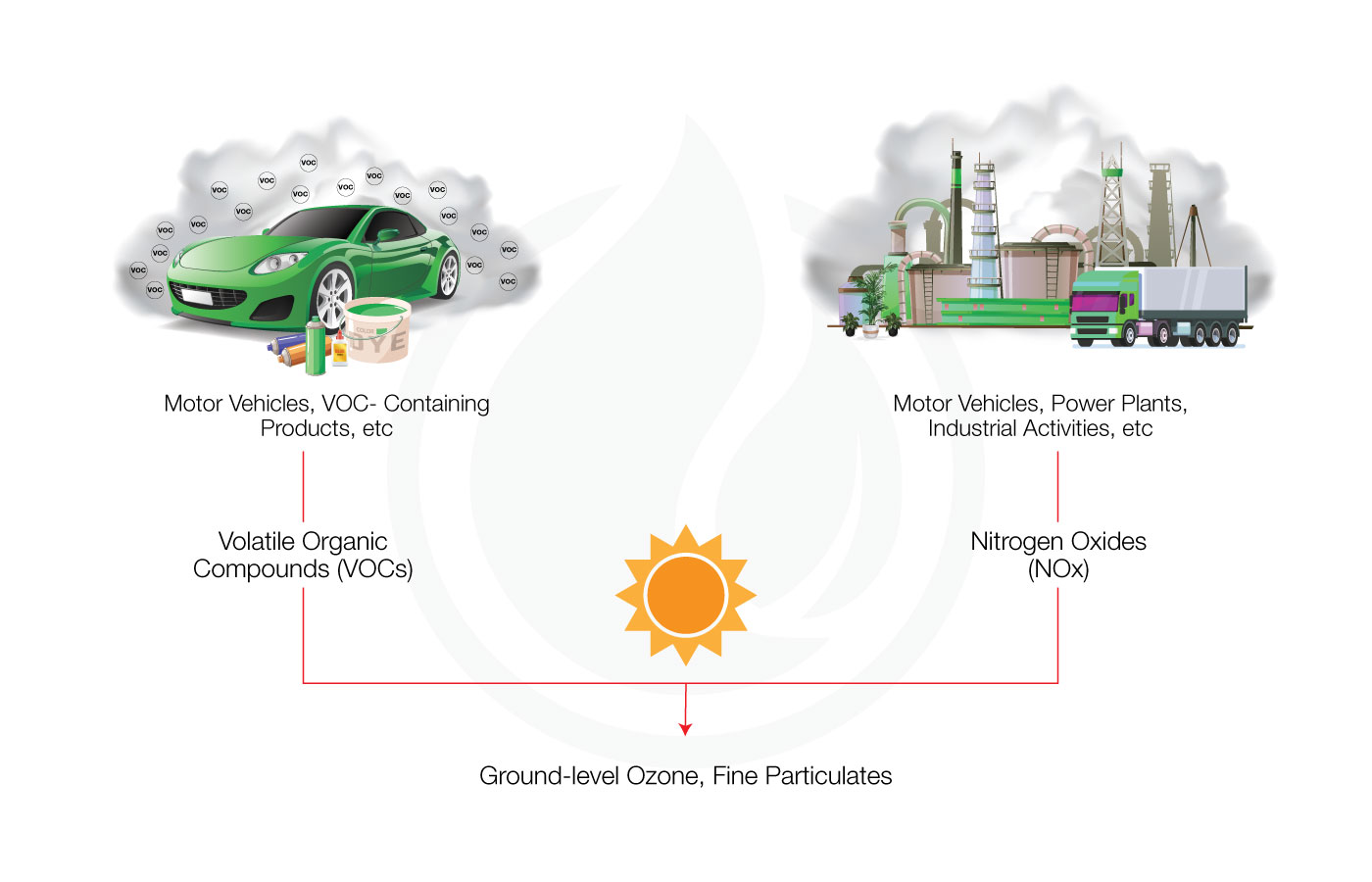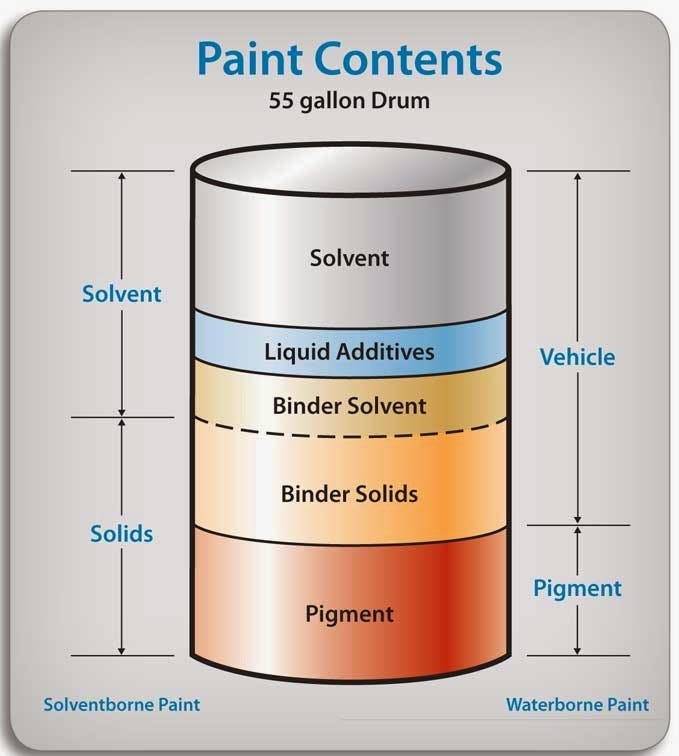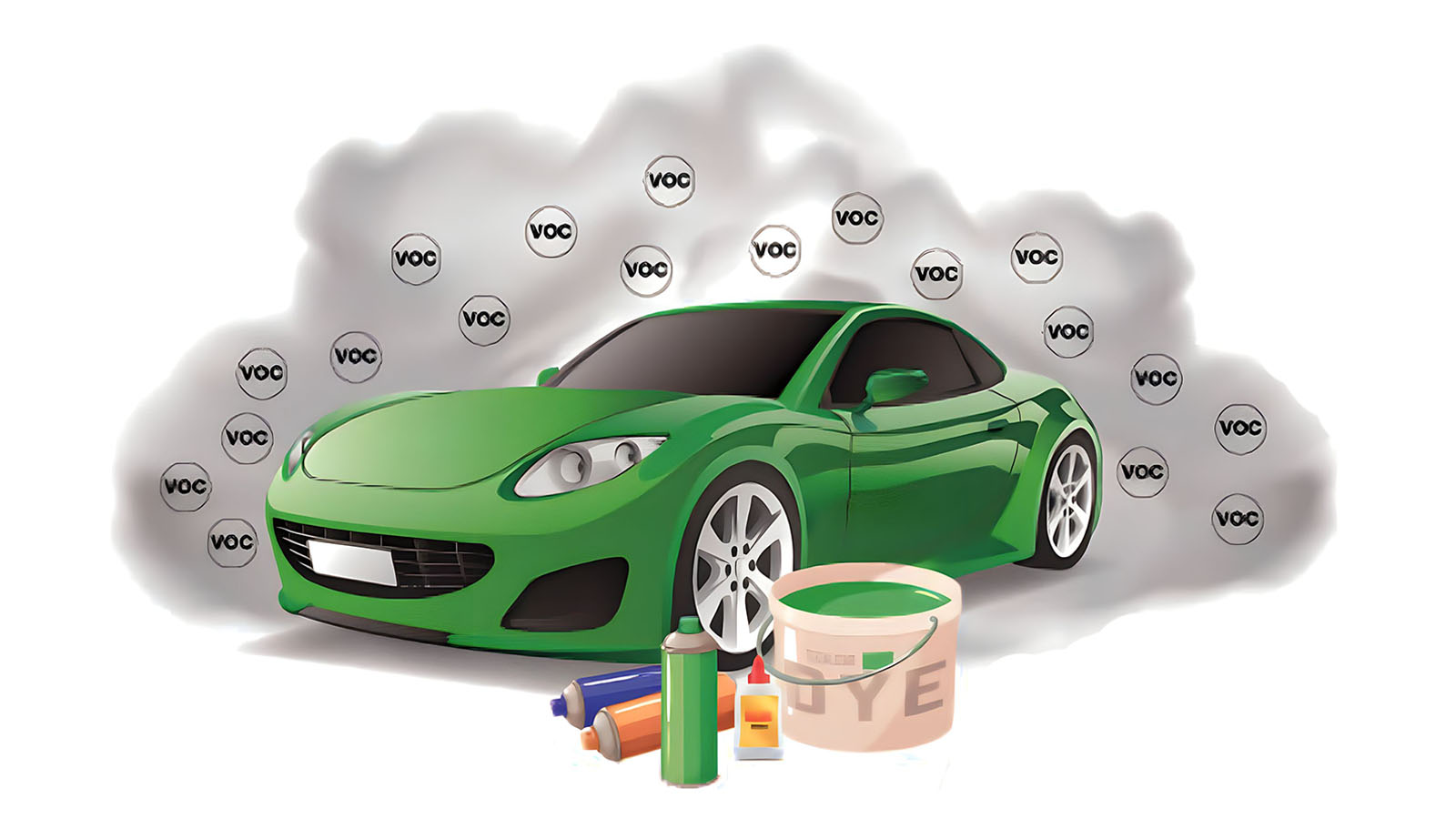Reference




Reference




OpenAI's Answer
Volatile Organic Compounds (VOCs) are organic chemicals that have a high vapor pressure and low water solubility. They are commonly found in various household products, including paints, cleaning supplies, pesticides, building materials, and even office equipment like printers. VOCs can evaporate quickly, releasing harmful chemicals into the air, which can negatively impact indoor air quality and human health.
The regulation of VOCs in paints is primarily driven by concerns about air quality and human health. When VOCs react with nitrogen oxide under UV radiation, they form ground-level ozone, a major component of smog. Prolonged exposure to VOCs has been linked to various health issues, including respiratory problems, headaches, and eye, nose, and throat irritation.
In the context of paints, VOCs are regulated to minimize their negative impact on indoor air quality. The Environmental Protection Agency (EPA) sets standards for VOC content in paints, with different limits for different types of paints. For example, latex paint with fewer than five grams of VOCs per liter is considered a no-VOC paint, while paint with less than 250 grams of VOCs per liter is considered low-VOC paint.
To reduce VOC emissions from paints, manufacturers have developed alternative formulations that use safer, non-VOC chemicals. These alternatives often come at a higher cost, but they offer a healthier and more environmentally friendly option for consumers.
Here are some key points to remember about VOCs in paints:
- VOCs are harmful chemicals: They can evaporate quickly, releasing harmful chemicals into the air, which can negatively impact indoor air quality and human health.
- Regulation is essential: The EPA sets standards for VOC content in paints to minimize their negative impact on indoor air quality.
- Alternative formulations exist: Manufacturers have developed safer, non-VOC formulations that offer a healthier and more environmentally friendly option for consumers.
- Cost may be a factor: No-VOC and low-VOC paints often come at a higher cost than traditional paints.
When shopping for paints, look for products labeled as "no-VOC" or "low-VOC" to minimize your exposure to harmful chemicals. Additionally, consider using paints that are certified by organizations like Greenguard Gold or California Air Resources Board (CARB), which have strict standards for VOC emissions.
Here are some images that illustrate the concept of VOCs in paints:
Image 1: Volatile Organic Compounds (VOCs) in paints
Image 2: VOCs in paint components
Image 3: Low-VOC paint options
Remember to always prioritize your health and the environment when selecting paints for your projects.
Follow Up
Related
What can the presence of hydrocarbons in comets tell us about the origins of organic compounds in sp
What are the key differences between simple and compound attacks in fencing?
How do trimethylsilyl groups affect the volatility of compounds in gas chromatography?
Which compounds have been withdrawn from the market?